
Turning The Gestures of Everyday Life Into Art
- The goal of this piece is to mimic the specific motions and behaviors that identify each person. Performing a gesture or movement that is not natural to the performer was one of the difficulties due to the fact that personal movements, tics, or unconscious gestures are frequently formed over time as a self-soothing, repetitive action. This performance has an added benefit in that it offers an interesting way of studying habitual movements from the perspective of someone who has seen them externally and is attempting to recreate them consciously rather than in the subconscious state in which they were first noticed.
- The examples in Heitmann’s study where people kept the gestures of deceased loved ones struck me as particularly moving. Small details about the deceased gradually disappear from memory, but witnessing these movements, which may seem insignificant to others, can feel like a last glimpse of them and provide a very intimate opportunity to say goodbye. For example, the young Belgian woman’s mother and boyfriend made sure that a piece of her lived on in the archive by donating movements on her behalf after she passed away. Heitmann also provided secondhand movements that she connects to her father. His tax returns and bank statements were all that were left after his death, creating what she called “a very one-sided picture” of his life. She regained a closer, more personal relationship with him by keeping his gestures, demonstrating how movement may act as a powerful emotional bond with lost loved ones.
- When my girlfriend is intoxicated she starts to blink excessively and the blinking intensifies whenever she tells me a story. Whenever my roommate is at a loss for words or is thinking about something he’ll rub his hair really aggressively and depending on if he’s trying not to laugh or can’t remember something he’ll rub it more aggressively. My younger sister is someone who talks with her hands but depending on how intense or invested she is in what she’s talking about she’ll use her entire body when she does these gestures
Field Trip
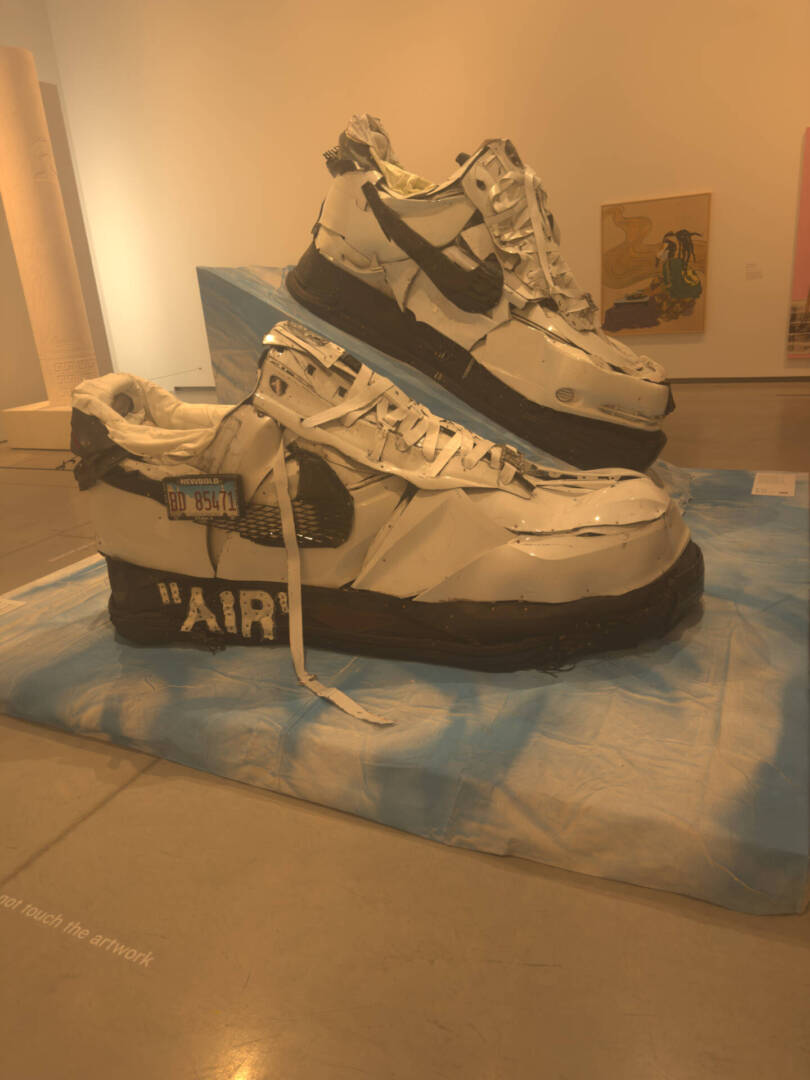
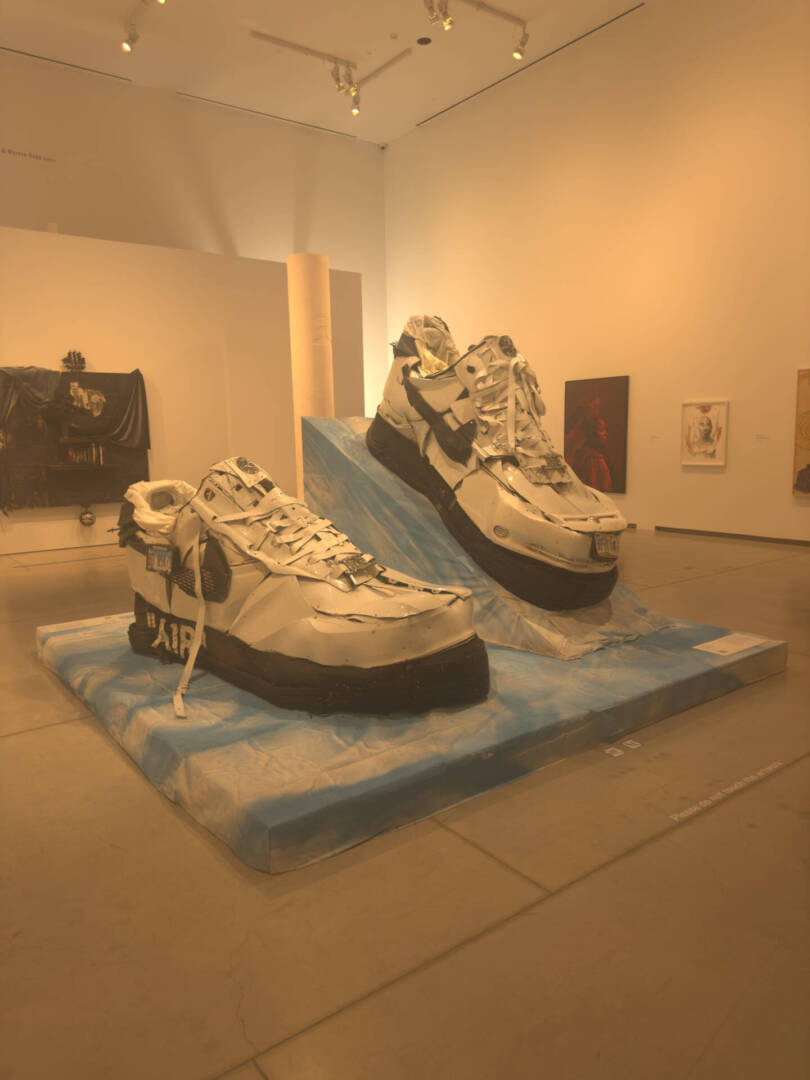
At the AGO, walking into the hip-hop culture exhibit, the Air Force 1s made from car parts were the first piece that caught my eye. The intricate design and the way the materials were repurposed complemented each other so well. This piece did a great job of showcasing the connection between sneaker culture and innovation, which really resonates with me.
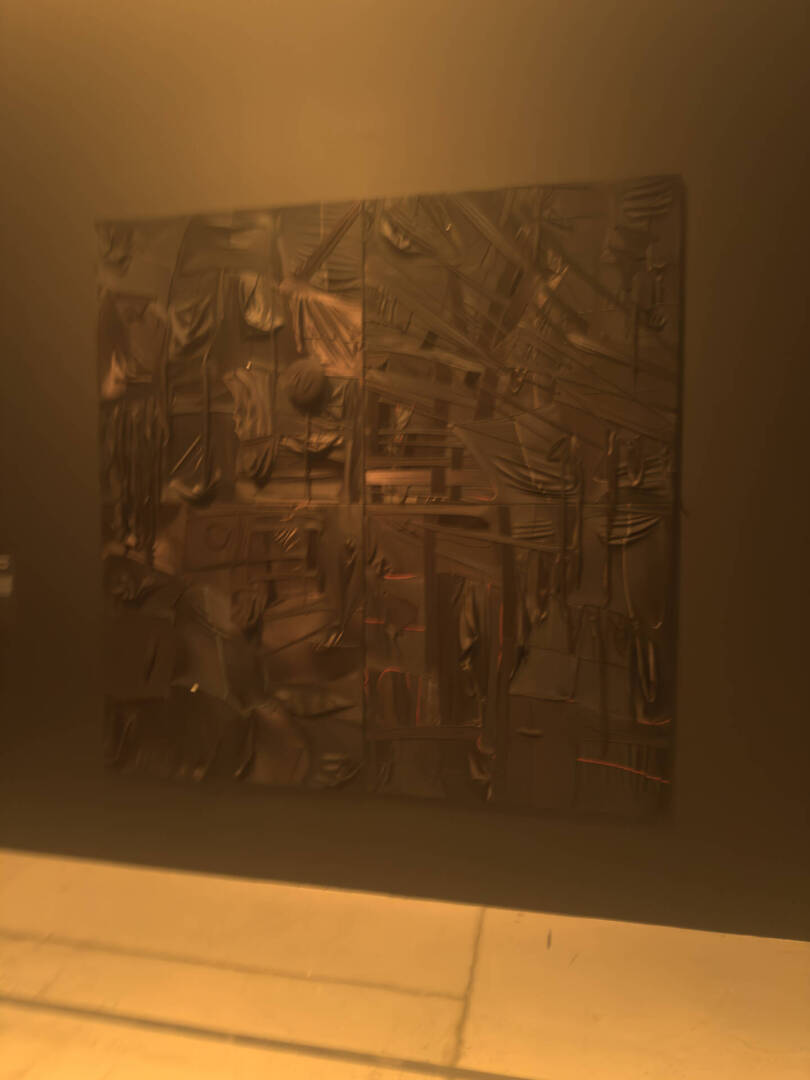
Another standout was the durag exhibit. It was incredible to see an entire space dedicated to highlighting the cultural significance of durags in Black identity and fashion. The way the installation was presented made it feel immersive, emphasizing how durags have evolved beyond functionality into a symbol of style and empowerment. Both pieces captured key elements of hip-hop culture in a way that felt authentic and impactful.
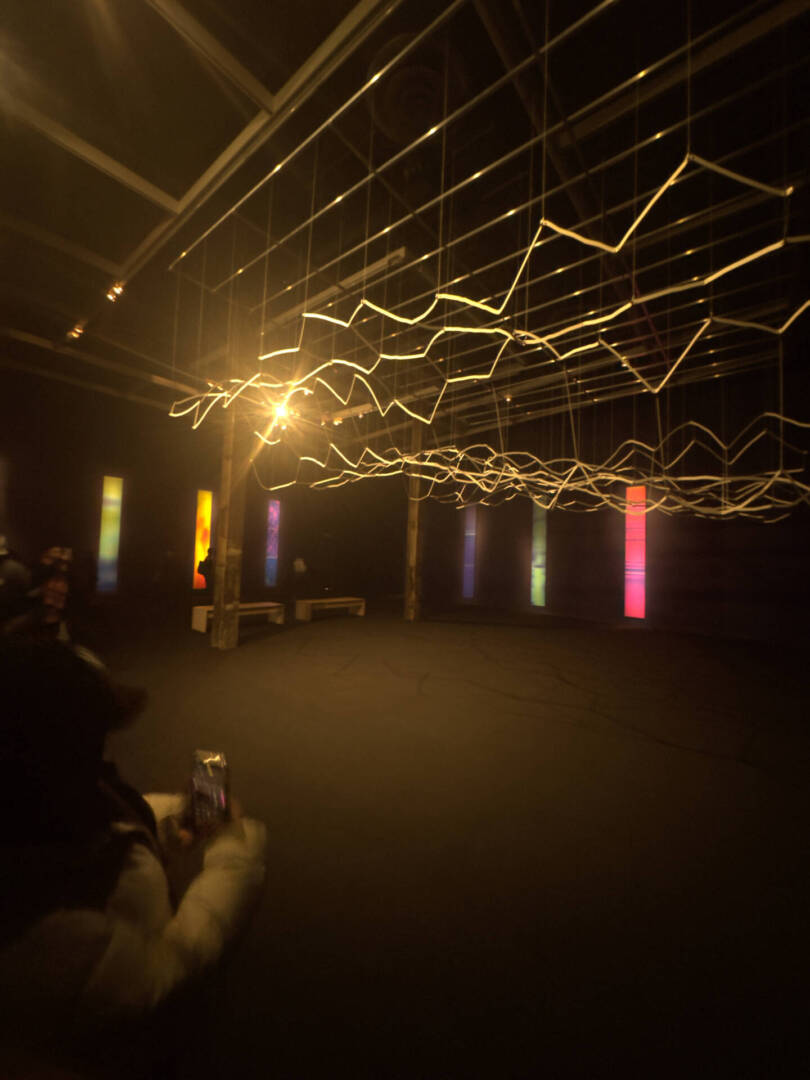
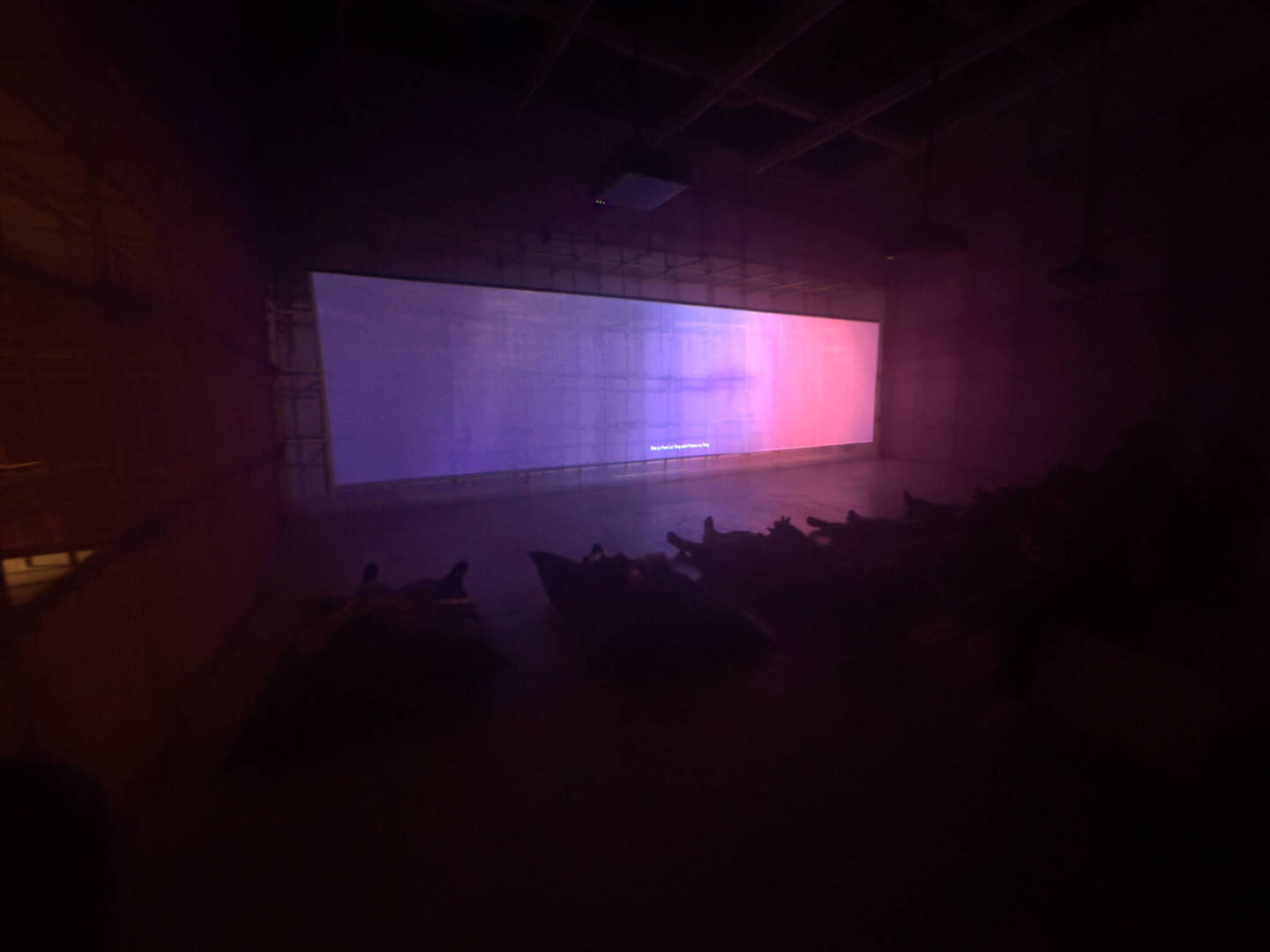
The first piece that caught my eye was the installation incorporating a bamboo structure. The way the light seeped through created a sense of immersion, making you feel connected to the piece. The addition of pillows was a thoughtful touch, enhancing the comfort and allowing you to fully absorb the soft, calming atmosphere created by the lighting and space.
The second piece was centered around waves, which I found really fascinating. What struck me first were the colored aura panels surrounding it—they stood out as the only source of color in an otherwise completely black room. This contrast made stepping into the space feel like entering a different world, adding to the depth and impact of the artwork.
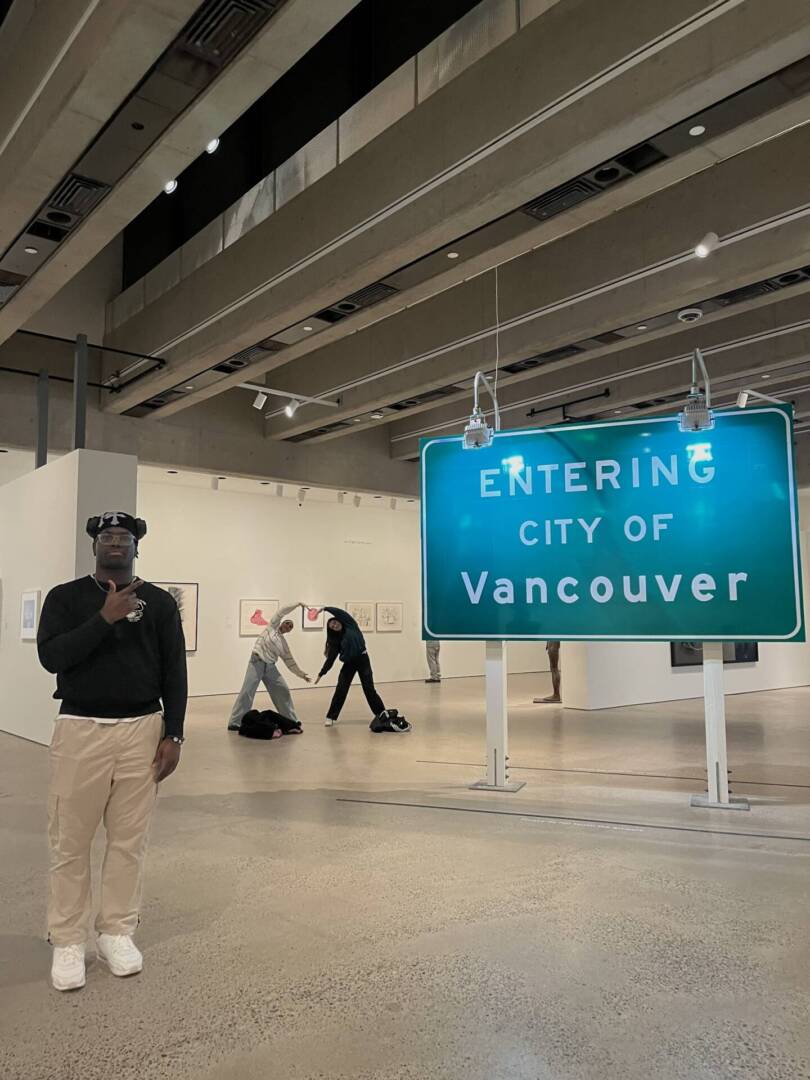
One Feat Three Ways
One Shot
Loop
Sequence
Filming
“Habituation”
Habituation is the process by which repeated exposure to a stimulus leads to a decreased response over time. In daily life, routines can become so ingrained that we perform them without conscious thought, blurring the line between action and awareness.
What you’re hearing now are the sounds of my daily routine, from brushing my teeth to walking to class, all presented in the order they occur. Layered within this is the same routine reorganized and played in reverse, symbolizing how constant repetition can become mind-numbing, distorting our sense of time and experience
Conceptual Portrait
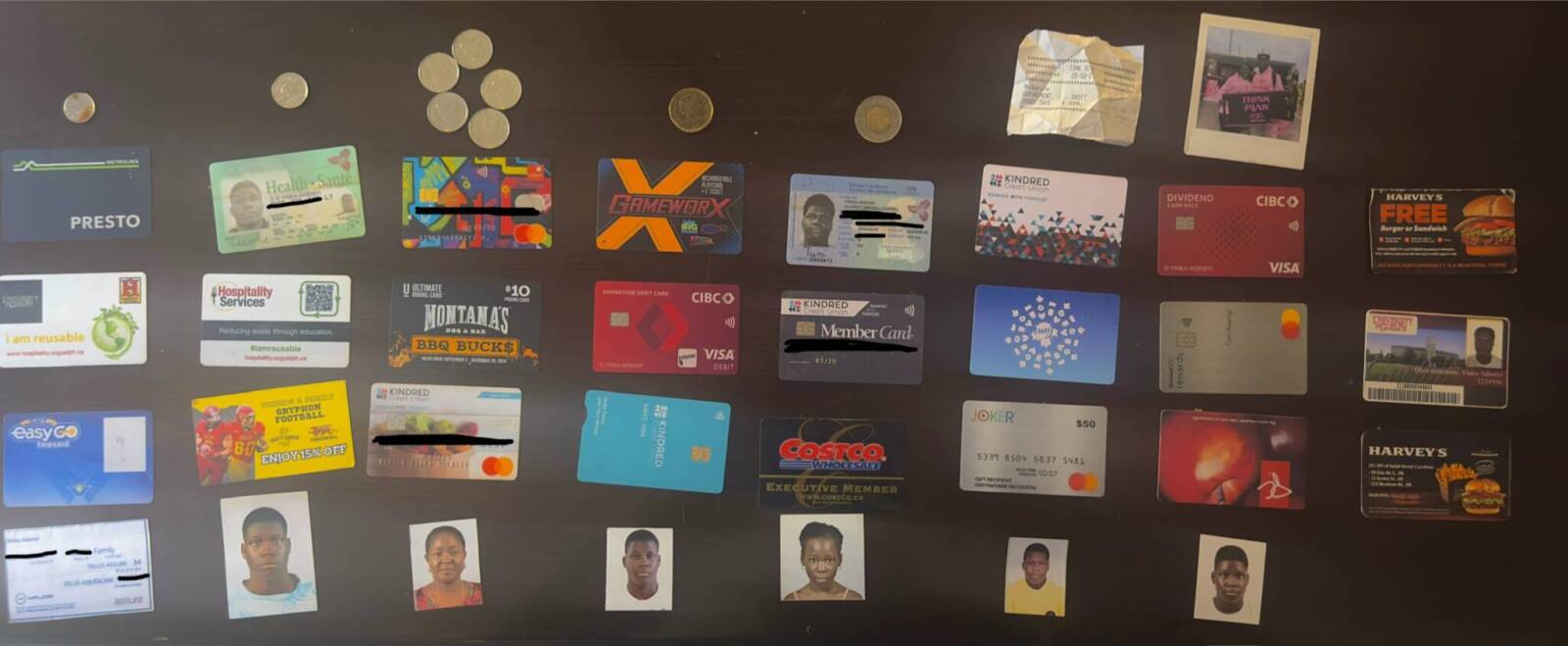
My conceptual portrait is made from the contents of my wallet.
At first glance, a wallet might seem like just a practical object but for me, it’s actually a time capsule. Receipts, notes, old IDs, random cards I don’t use anymore, every piece in there holds some sort of story or memory. As I laid everything out, I started to realize how much of myself lives in these small, overlooked items.
This piece is about how identity isn’t always loud or obvious. Sometimes it shows up in the things we carry every day without thinking. Things we forget we even have. The messiness, the randomness, the personal value that wouldn’t make sense to anyone else, it all came together to represent me in a way that felt really real.
I liked the idea that a portrait doesn’t have to be a face, it can be the stuff that holds your day-to-day life together. This project let me look at the ordinary and find something personal in it.
Open Studios Images
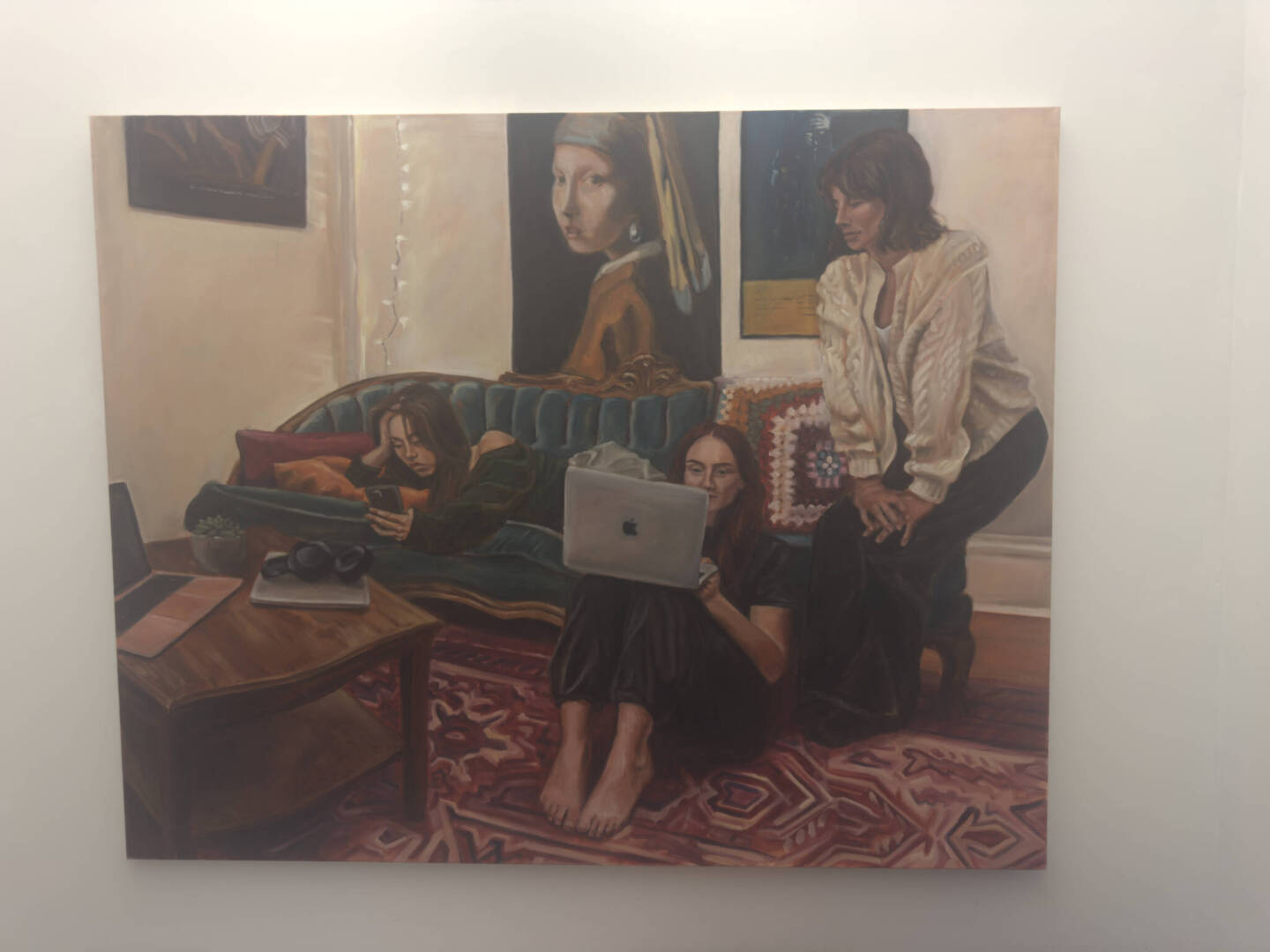
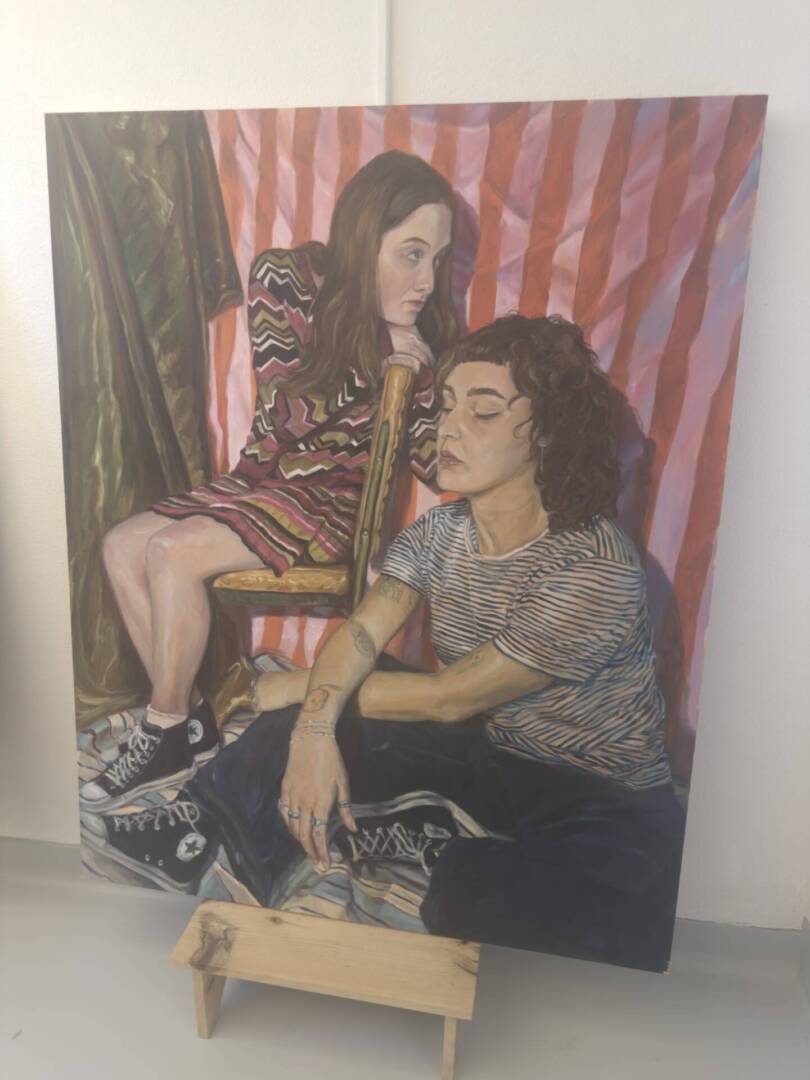
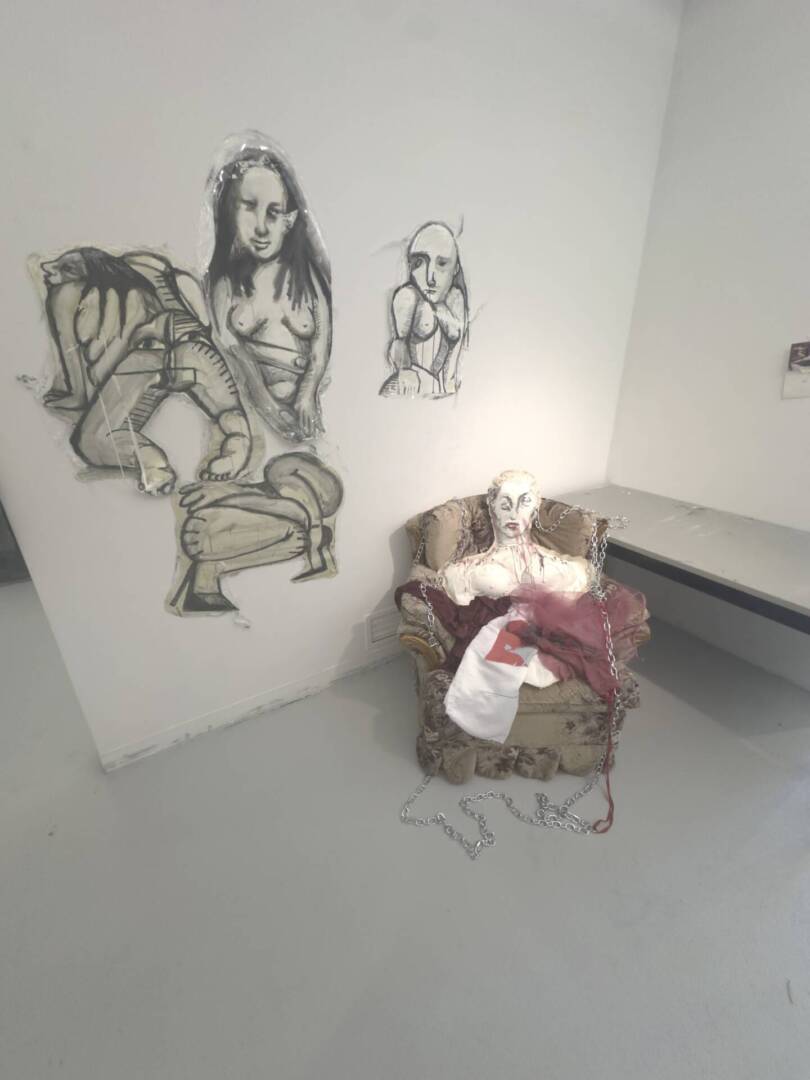
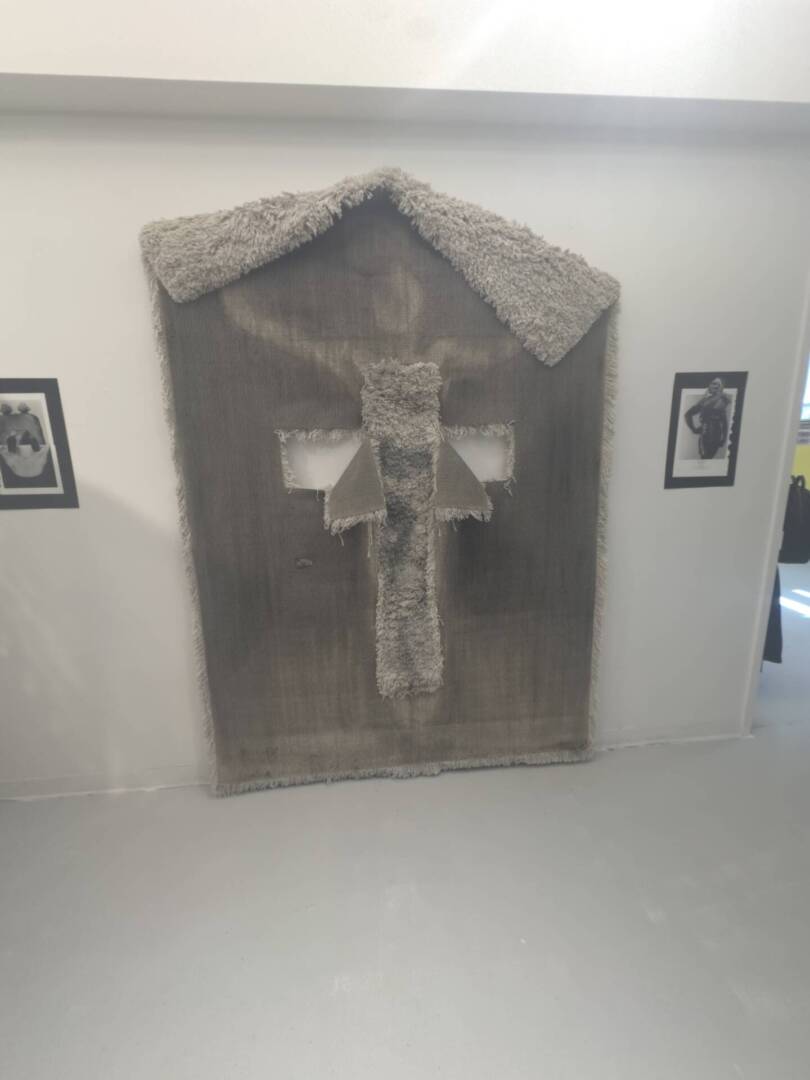
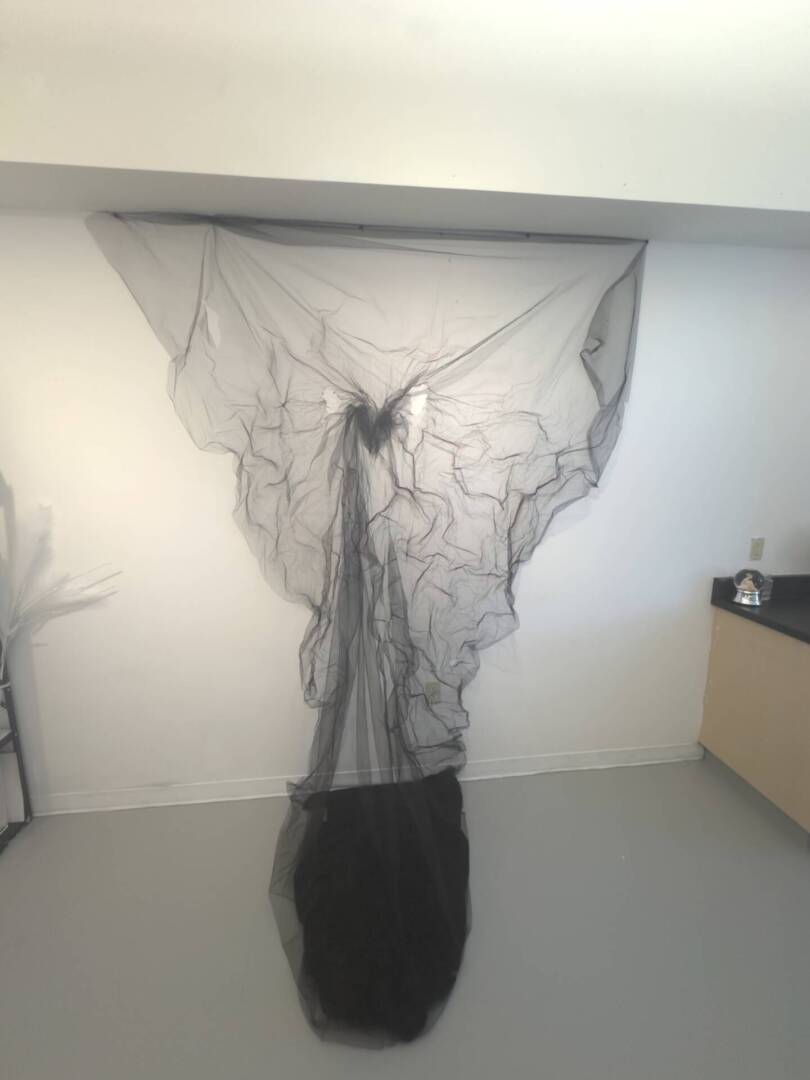
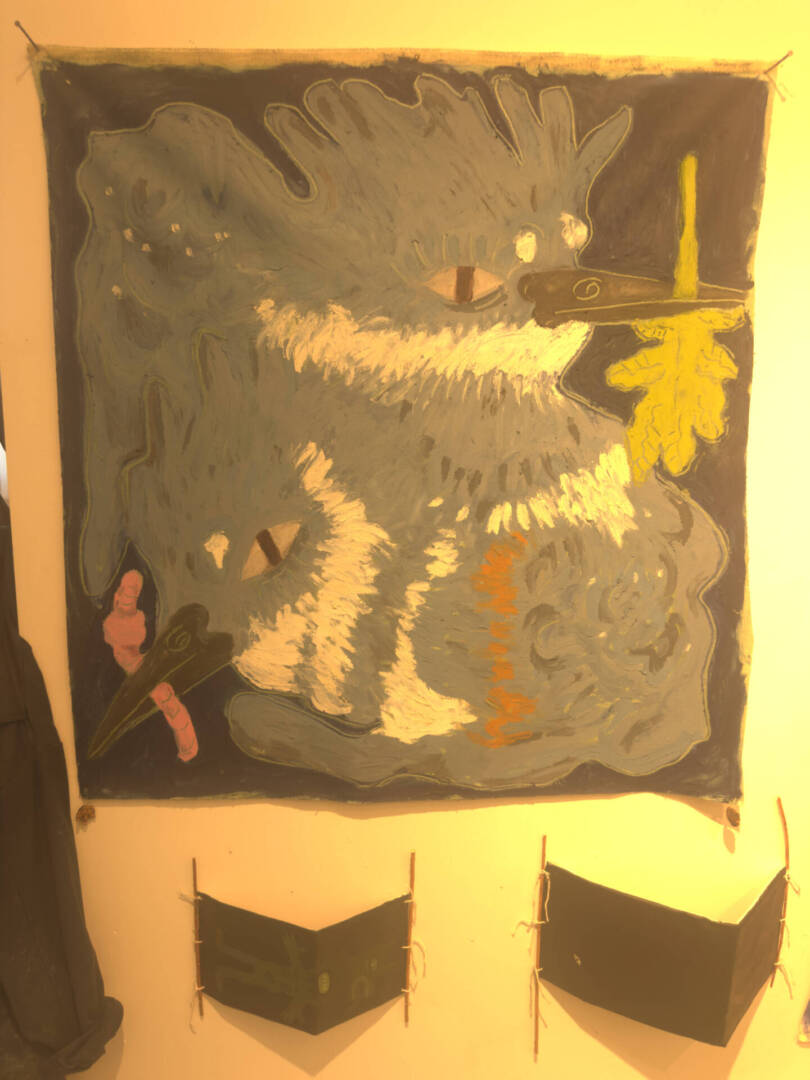
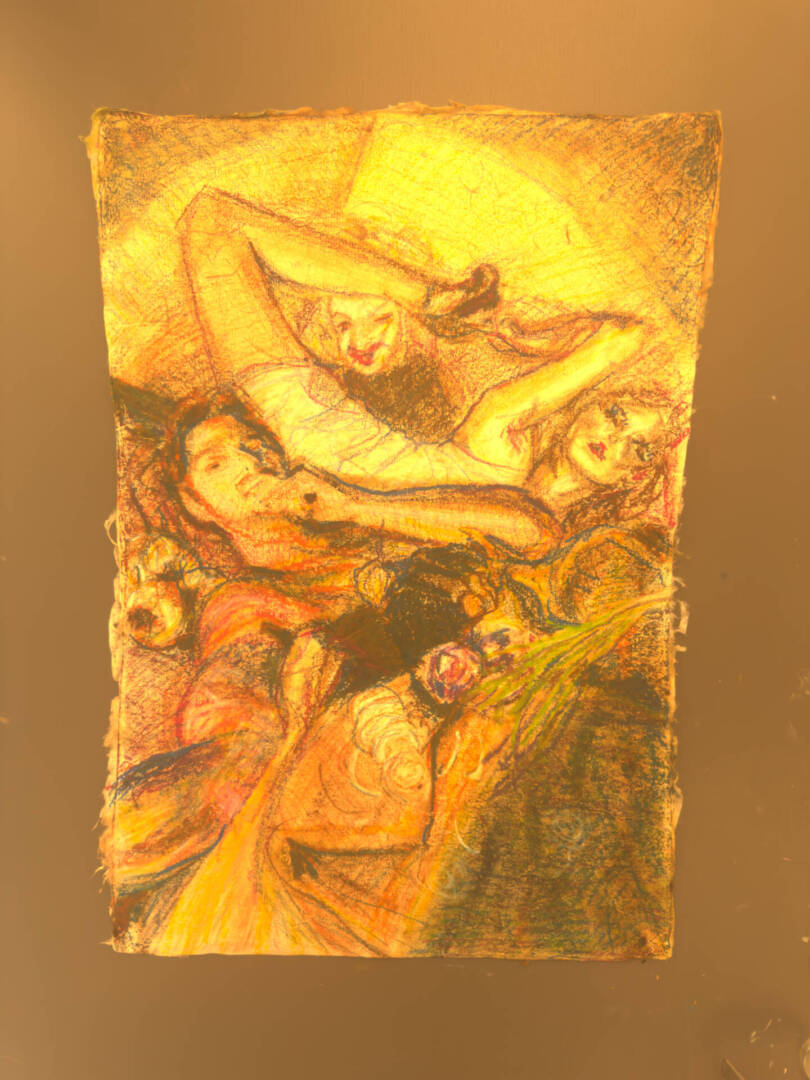
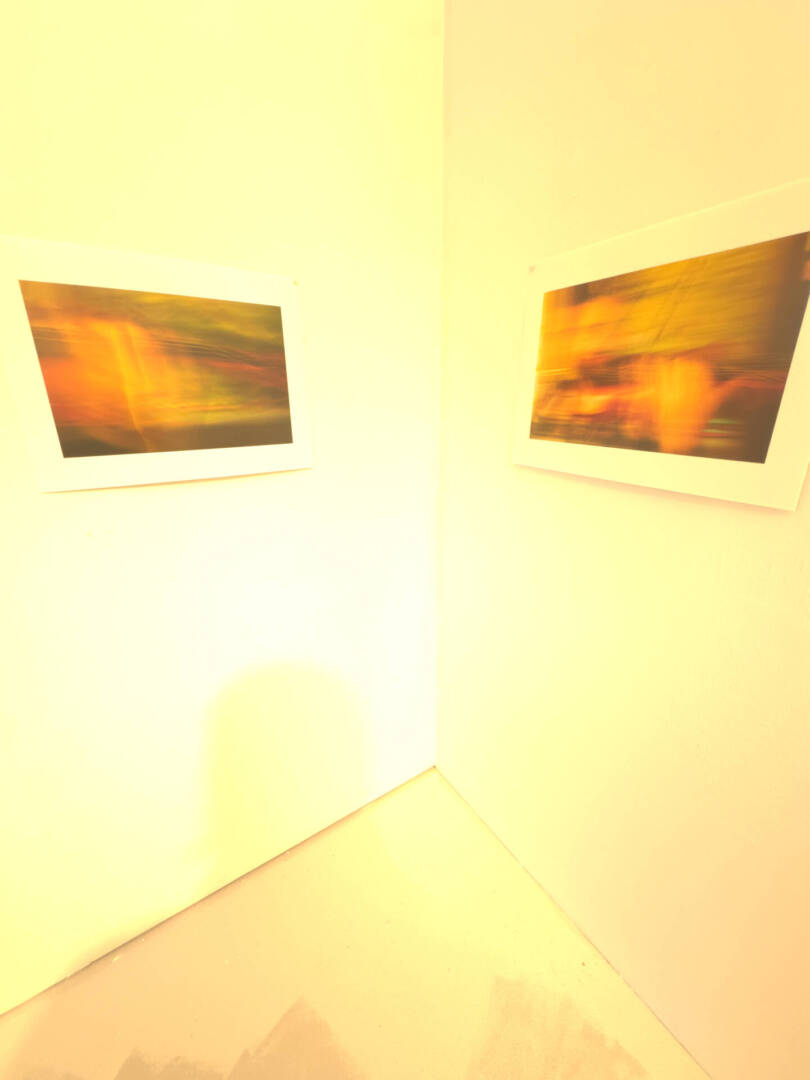
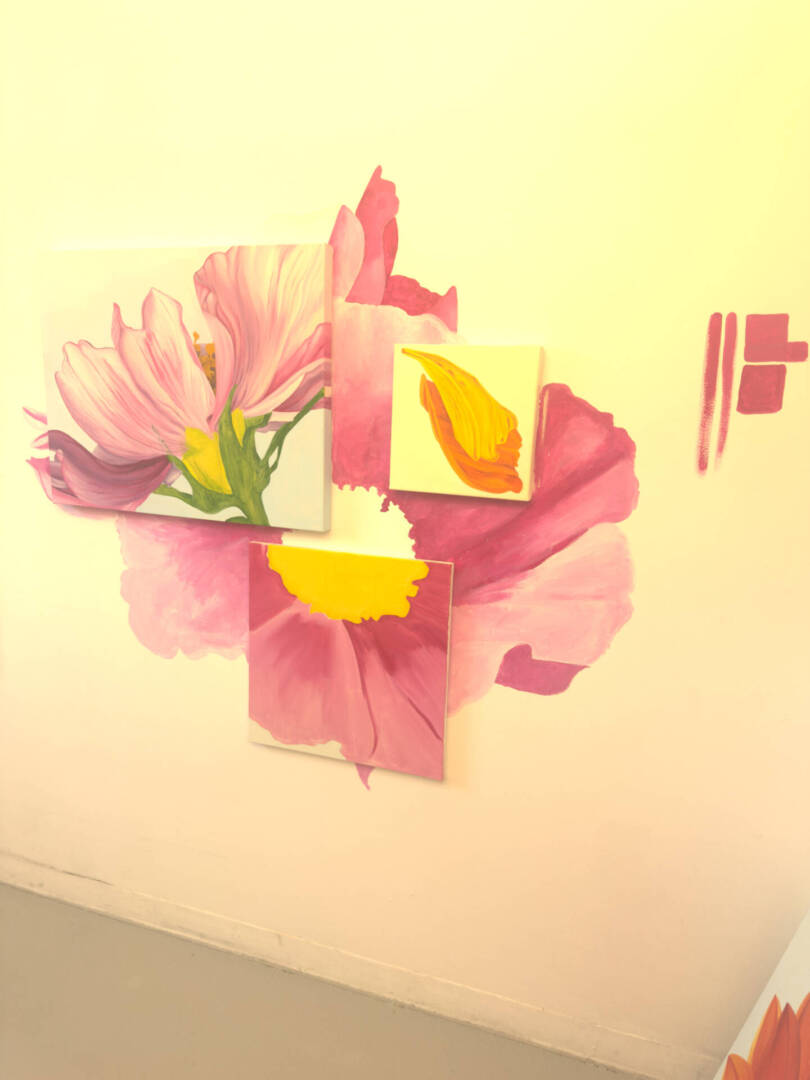
Artist Multiple: Buttons
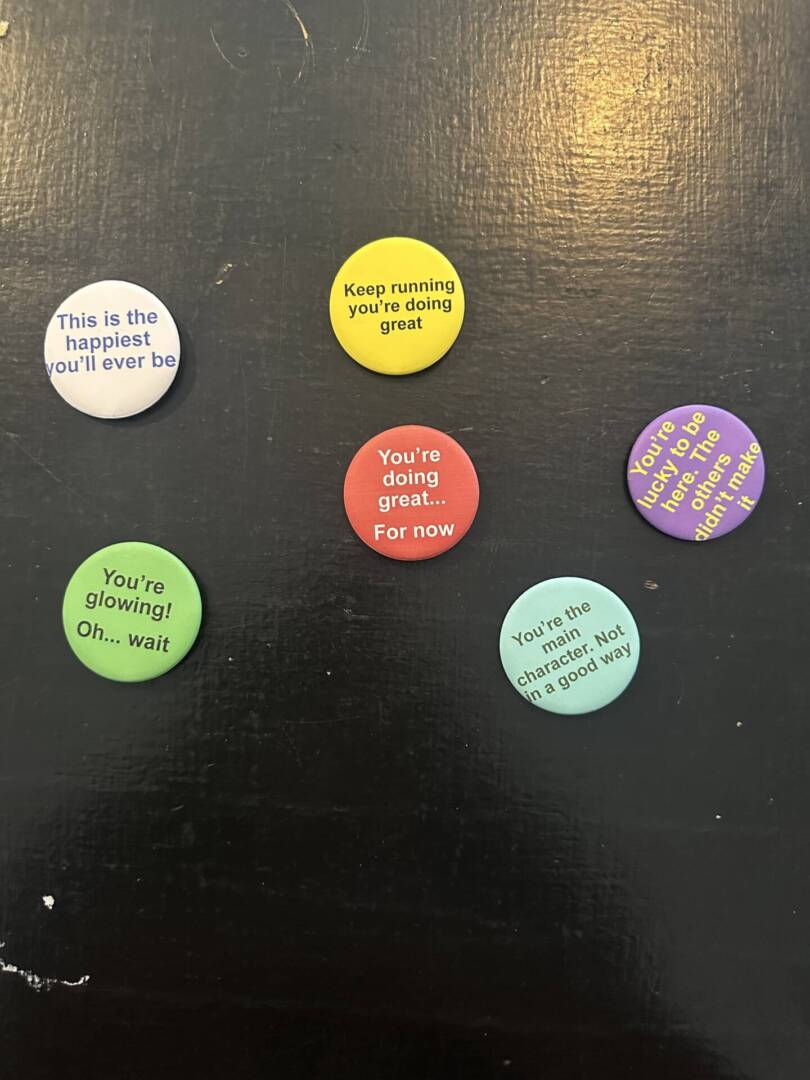
For this assignment I wanted to poke fun at, and subvert, the overly sweet, sometimes hollow nature of inspirational merchandise. These aren’t your typical “live, laugh, love” slogans slapped on pastel backgrounds. Instead, each button offers a twist: something that feels like it should be inspiring, but instead reveals a more honest, ironic, or even uncomfortable truth.
I was inspired by the way inspirational merch often tries to simplify complex emotions with generic positivity. I wanted to flip that narrative and create buttons that make you stop, laugh, cringe, or think twice. They’re wearable contradictions, tiny rebellions against the pressure to always be “doing great” or “staying positive.”
These buttons aren’t meant to uplift but they’re meant to disrupt. Think of them as little reminders that not everything needs to be wrapped in glittery optimism.
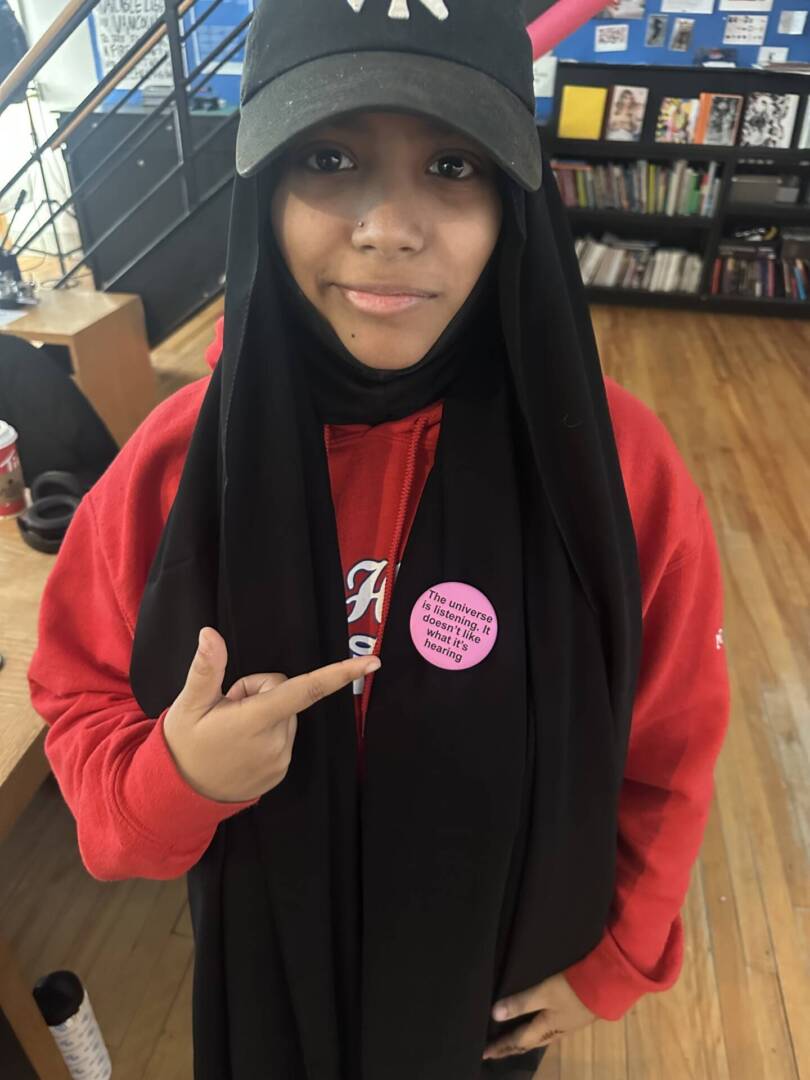
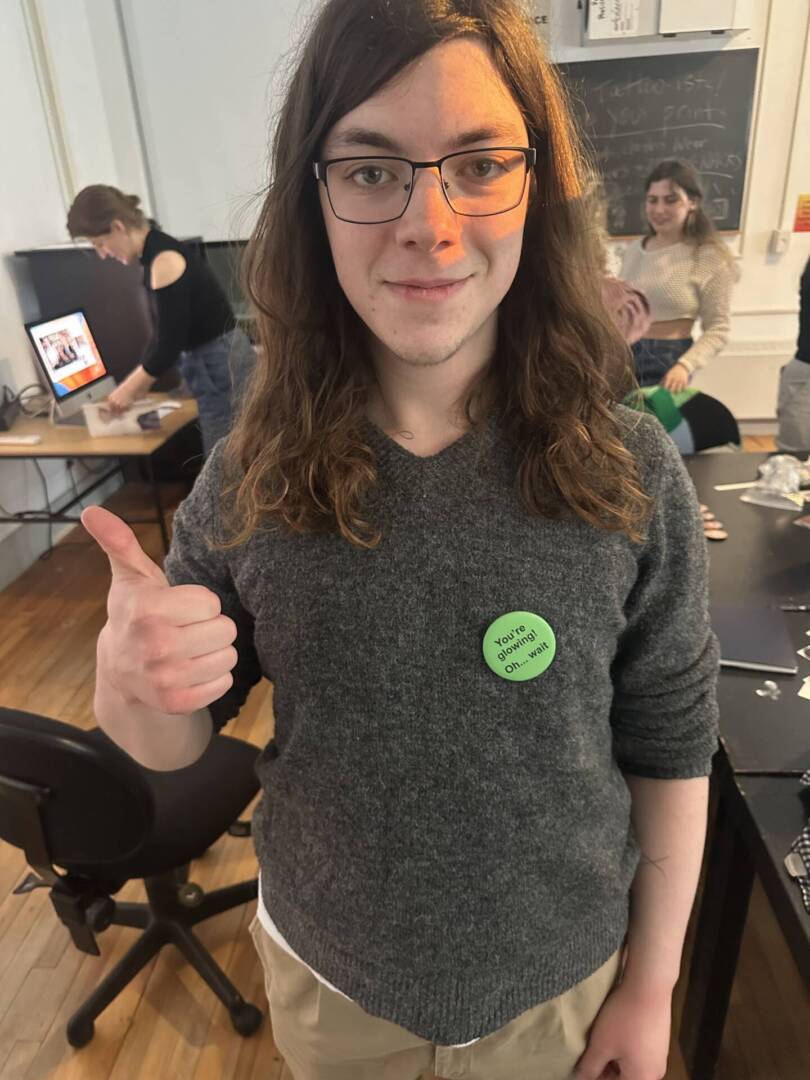
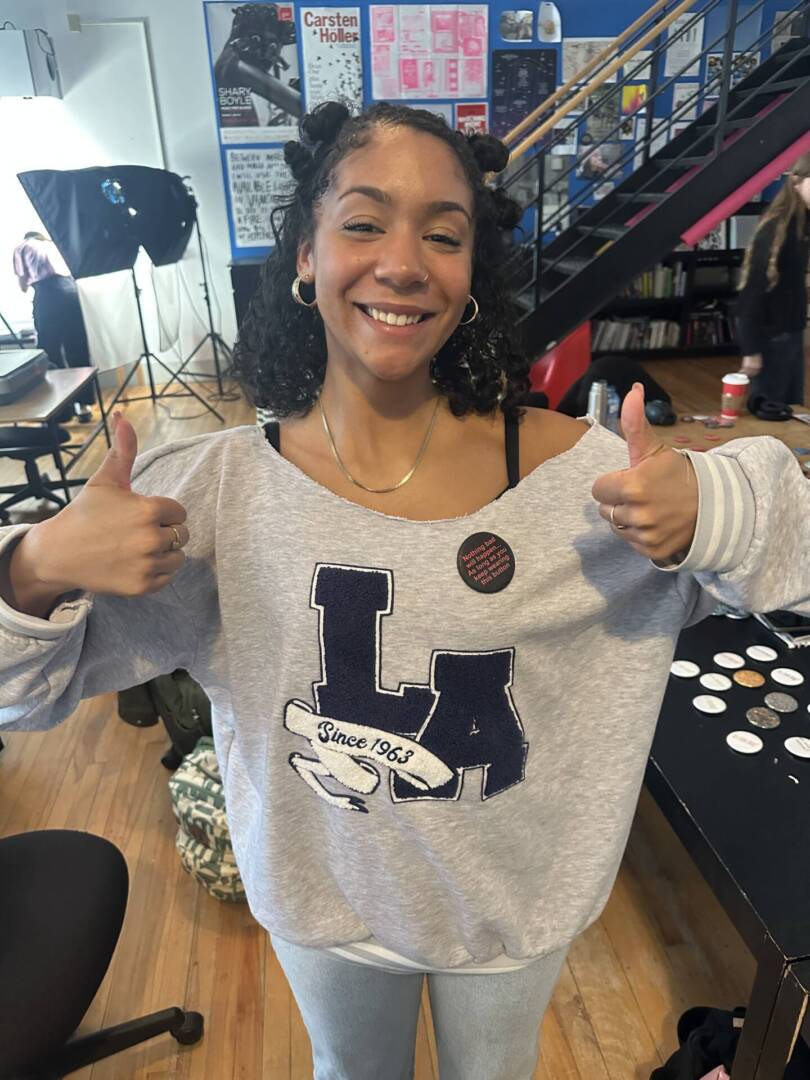
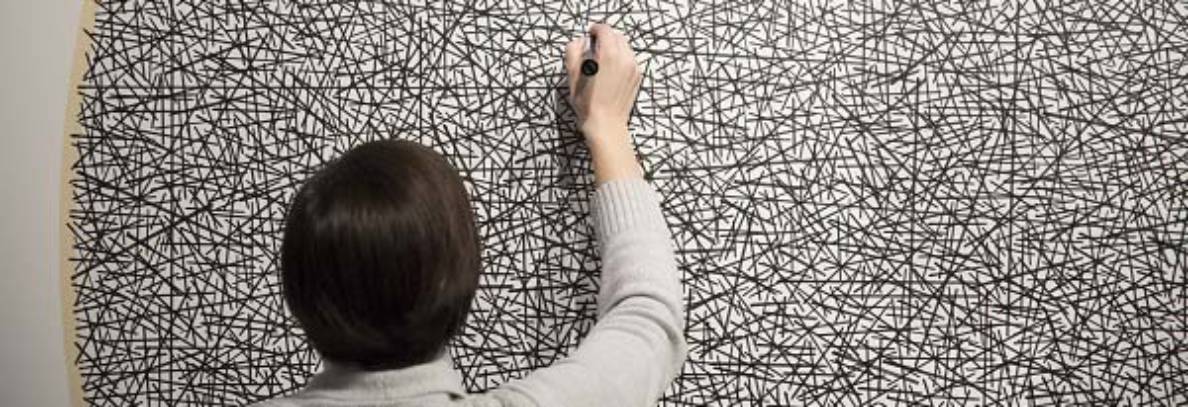
You must be logged in to post a comment.